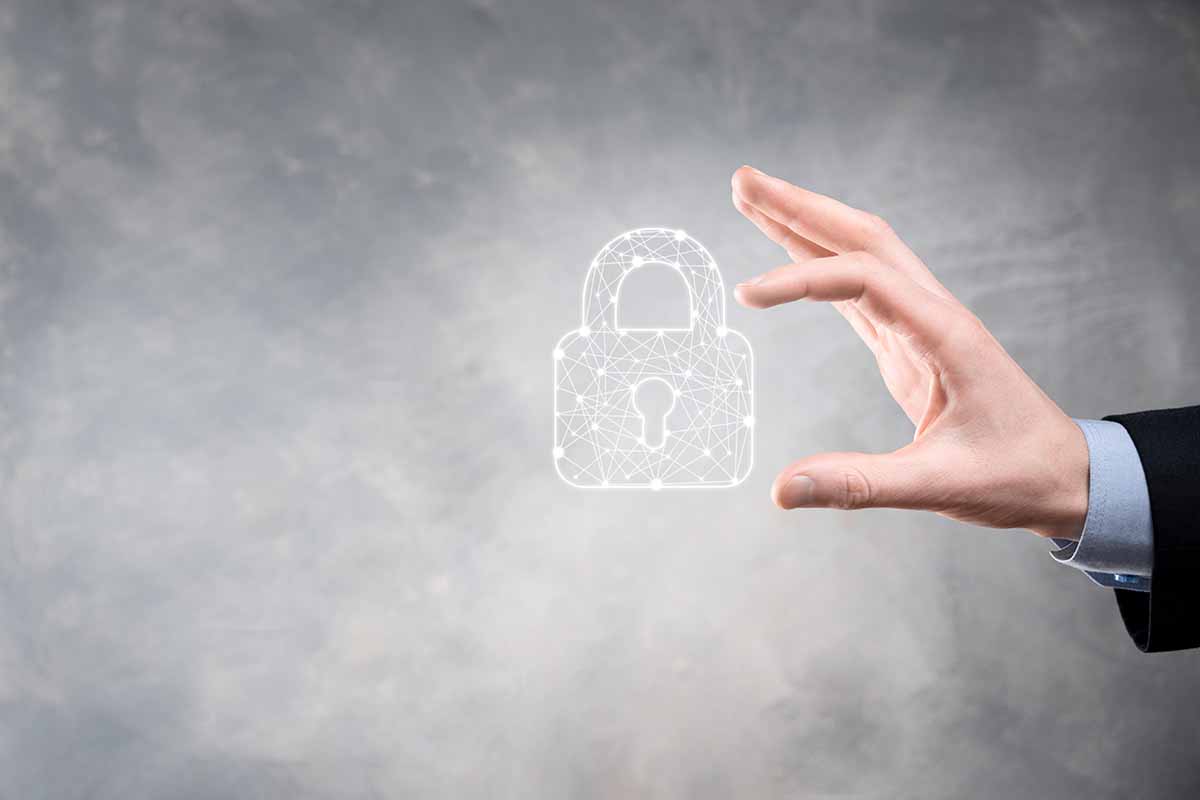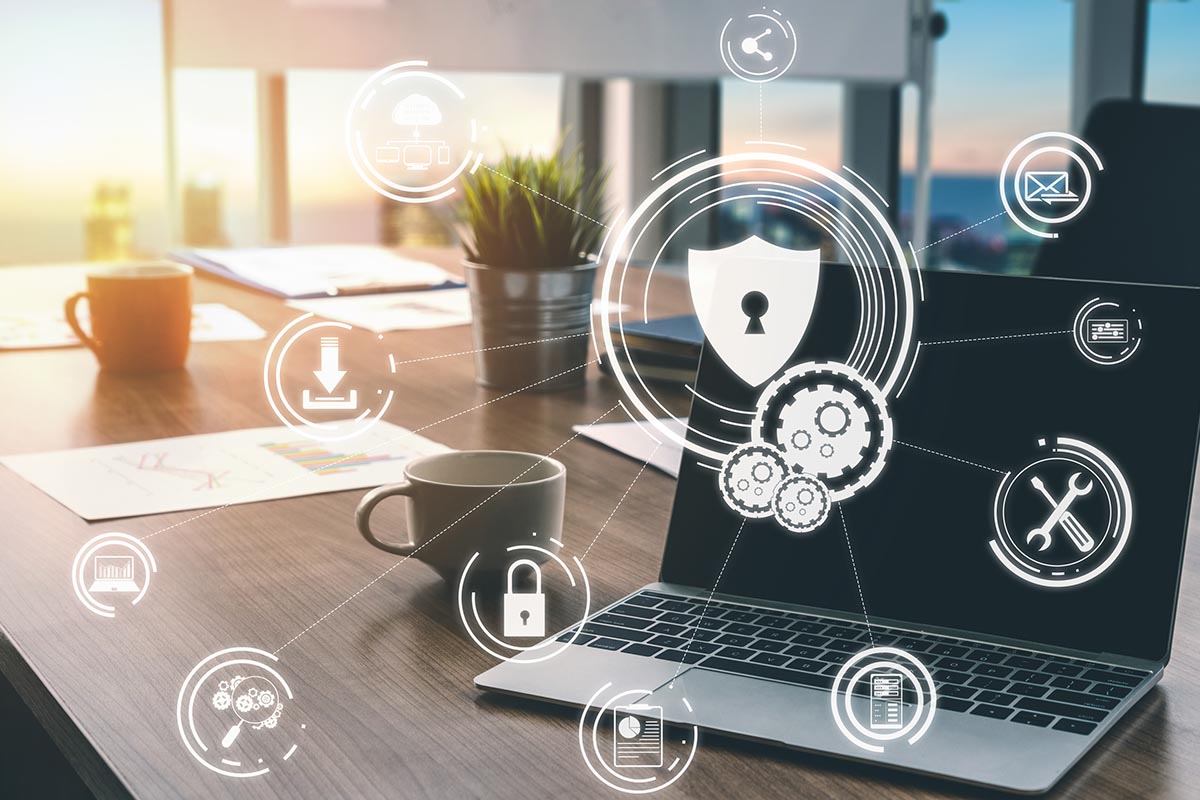Safeguarding Your Identity: Strategies for Protecting Privacy in a Digital Age
In today’s hyper-connected world, protecting your identity has become more critical than ever. With the rise of online transactions, social media platforms, and digital communication, the risk of identity theft and privacy breaches is a constant concern.
However, there are proactive steps you can take to safeguard your identity and maintain your privacy. In this comprehensive guide, we’ll explore various strategies for protecting your identity, including living anonymously.
Understanding the Risks
Before delving into protective measures, it’s imperative to grasp the risks tied to identity theft and privacy breaches. Identity theft transpires when individuals illicitly obtain access to your personal information, encompassing details like your name, Social Security number, or financial records, aiming to perpetrate fraud or other unlawful activities.
Conversely, privacy breaches entail the unauthorized divulgence of your personal data, frequently stemming from hacking incidents or data breaches.
The repercussions of identity theft and privacy breaches can be profound, spanning from financial setbacks to harm to one’s reputation and emotional strain. Hence, it’s vital to remain vigilant and proactive in fortifying your identity against potential threats.
Protective Measures
- Strong Passwords and Two-Factor Authentication: Employ distinct, intricate passwords for every online account and activate two-factor authentication whenever feasible. This enhances security by mandating a secondary verification method, like receiving a code on your mobile device, to access your accounts.
- Secure Internet Connection: Steer clear of utilizing public Wi-Fi networks for sensitive transactions, such as online banking or shopping, as they are vulnerable to hackers. Instead, employ a virtual private network (VPN) to encrypt your internet connection, shielding your data from potential interception by unauthorized parties.
- Regularly Monitor Financial Accounts: Keep a close eye on your bank statements, credit card transactions, and credit reports for any suspicious activity. Report any unauthorized charges or discrepancies to your financial institution immediately.
- Be Cautious with Personal Information: Limit the amount of personal information you share online, especially on social media platforms. Be wary of phishing scams and unsolicited requests for sensitive information, and never provide personal or financial details to unverified sources.
- Secure Your Devices: Ensure your devices are regularly updated with the latest security patches and equipped with antivirus software to shield against malware and other potential threats. Encrypt your data and implement biometric authentication methods, like fingerprint or facial recognition, to bolster the security of your device access.
- Use Secure Communication Channels: When communicating online, opt for encrypted messaging apps and email services to protect the privacy of your conversations. Avoid sharing sensitive information via unsecured channels, such as unencrypted email or messaging platforms.
- Shred Sensitive Documents: Dispose of paper documents containing personal or financial information securely by shredding them before discarding them. This prevents dumpster divers from retrieving sensitive data and reduces the risk of identity theft.
- Monitor Your Identity: Consider enrolling in identity theft protection services or regularly monitoring your credit report for any suspicious activity. Promptly report any signs of identity theft to the relevant authorities and take steps to mitigate the damage.
Living Anonymously
Anonymous living, or at least minimizing your digital footprint, can significantly reduce the risk of identity theft and privacy breaches. Here are some strategies for living anonymously:
- Limit Online Presence: Minimize your presence on social media platforms and avoid sharing personal information, such as your full name, address, or phone number, publicly. Use privacy settings to control who can view your profile and posts.
- Use Pseudonyms: Consider using pseudonyms or aliases for online accounts and transactions to obscure your true identity. Be cautious when providing personal information online and only share it with trusted parties.
- Cash Transactions: Whenever possible, use cash for transactions instead of credit or debit cards to avoid leaving a digital trail. This includes purchases at stores, restaurants, and other establishments.
- Anonymous Communication: Use anonymous communication channels, such as anonymous email services or encrypted messaging apps, for sensitive conversations and transactions. Avoid using your real name or personal email address when communicating online.
- Privacy-Focused Services: Opt for privacy-focused services and products that prioritize user anonymity and data protection. This includes privacy-focused web browsers, search engines, and email providers that do not track your online activities.
- Offline Activities: Engage in offline activities and hobbies that do not require disclosing personal information or leaving a digital footprint. This could include participating in local community events, hobbies, or volunteer work.
Additional Tips for Protecting Your Identity
- Stay Educated: Keep yourself informed about the latest trends and techniques used by cybercriminals to steal identities and breach privacy. Attend workshops, read articles, and follow reputable sources for cybersecurity news and updates.
- Regularly Update Privacy Settings: Review and update the privacy settings on your social media accounts, devices, and online services regularly. Ensure that only necessary information is shared with trusted parties and that your privacy preferences are configured according to your comfort level.
- Be Skeptical of Requests for Personal Information: Exercise prudence when requested to divulge personal or financial information, particularly if the solicitation originates from an unfamiliar or unverified source. Prioritize verifying the authenticity of the request through independent channels before disclosing any sensitive data.
- Monitor Your Digital Footprint: Regularly review your digital footprint through periodic audits to pinpoint and eliminate any redundant or outdated information. Dispose of unused accounts, opt out of mailing lists, and seek the removal of personal data from online directories whenever feasible.
- Secure Physical Documents: Store physical documents containing sensitive information, such as passports, birth certificates, and financial statements, in a secure location, such as a locked cabinet or safe. Consider investing in a document shredder for secure disposal of sensitive paperwork.
- Use Privacy-Enhancing Tools: Explore the use of privacy-enhancing tools and technologies, such as ad blockers, browser extensions, and password managers, to enhance your online privacy and security. These tools can help prevent tracking, block intrusive advertisements, and manage passwords securely.
- Be Mindful of Public Wi-Fi: Exercise caution when using public Wi-Fi networks, as they may be susceptible to interception by malicious actors. Avoid accessing sensitive information or conducting financial transactions on public Wi-Fi networks unless using a VPN or other secure connection.
- Seek Professional Assistance If Necessary: If you suspect that your identity has been compromised or if you need guidance on protecting your privacy, don’t hesitate to seek assistance from cybersecurity professionals or identity theft prevention services. They can provide personalized recommendations and support to help you safeguard your identity effectively.
By incorporating these additional tips into your identity protection strategy, you can further strengthen your defenses against identity theft and privacy breaches, giving you greater peace of mind in an increasingly digital world. Remember, proactive measures and ongoing vigilance are key to maintaining your privacy and safeguarding your identity from potential threats.
Conclusion
Protecting your identity requires a proactive approach and a combination of technical measures, such as strong passwords and encryption, as well as behavioral changes, such as limiting your online presence and living anonymously.
By implementing these strategies and remaining vigilant, you can reduce the risk of identity theft and privacy breaches and safeguard your personal information in an increasingly digital world. Remember, your identity is valuable—protect it accordingly.



















